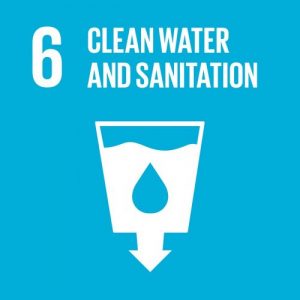Primary Functions
- Learn how impacted water systems in conflict-affected and high-risk areas can affect business operations and society.
Detailed Description
Companies and their investors must consider a range of social and environmental factors when operating in conflict-affected and high-risk areas. Issues such as armed hostilities, human rights abuses, labor difficulties, and corruption can pose serious threats to business operations and society. In light of these threats, in 2010, the UN Global Compact and Principles for Responsible Investing (PRI) jointly developed guidance (consistent with the Global Compact ten principles) to assist companies in implementing responsible business practices in these high-risk areas. Thus far, however, these efforts have not specifically considered water’s unique role in conflict and how impacts on water systems can affect business operations.
Conflict can affect water systems through impacts on water resources directly, as well as on the planning, construction, operation, and management of the water system. The authors use the term water system broadly to encompass all necessary components that relate to access and delivery of water from its source to the point of use to disposal. This definition includes a range of water access and distribution systems, from a private well supplying a single use to large, complex municipal systems serving a plethora of uses. This definition of the water system also includes the governance institutions and those involved in directly managing water resources, which can range from simple, community-based organizations to large utilities and government agencies.
While much work has already been done on how water use and pollution can exacerbate conflict, this white paper focuses more broadly on the ways conflict and high-risk situations can affect water systems. This paper provides a framework for understanding the nature of water challenges in conflict and high-risk areas and how these, in turn, affect business operations and society. It incorporates examples of impacts on business operations, and anecdotally highlights what companies are doing in response.





